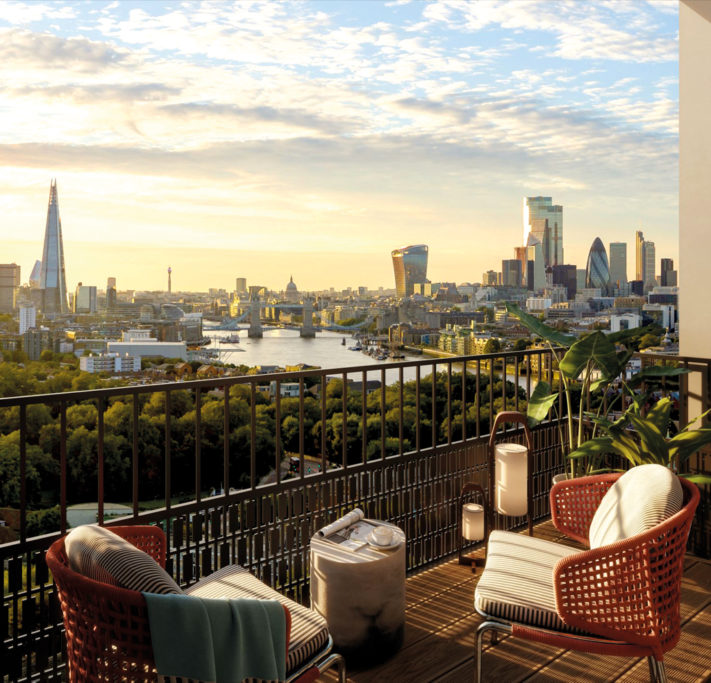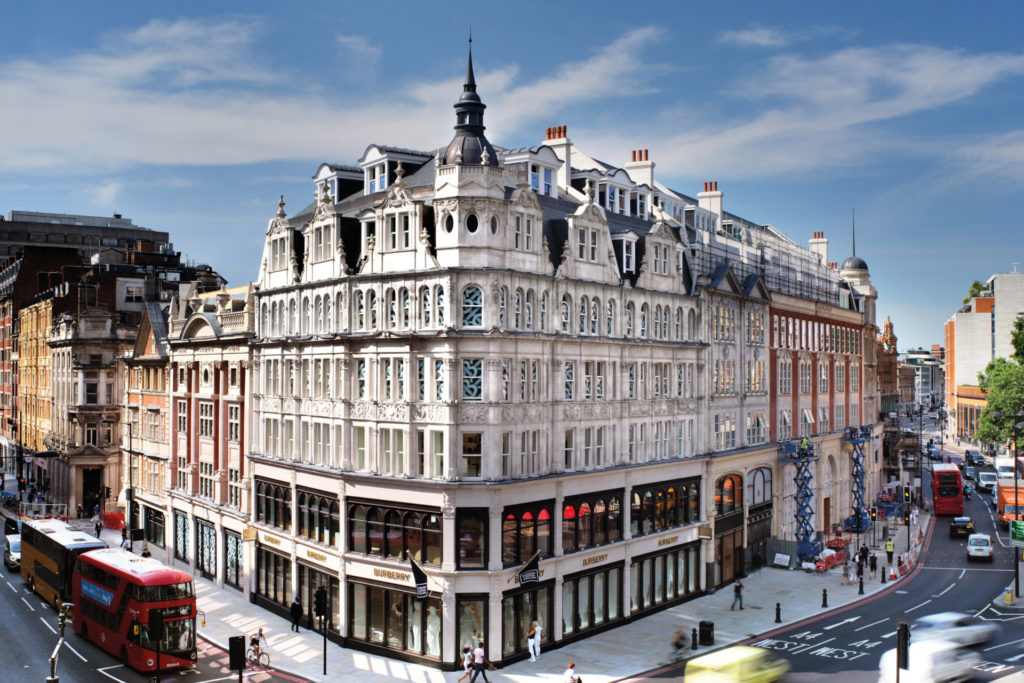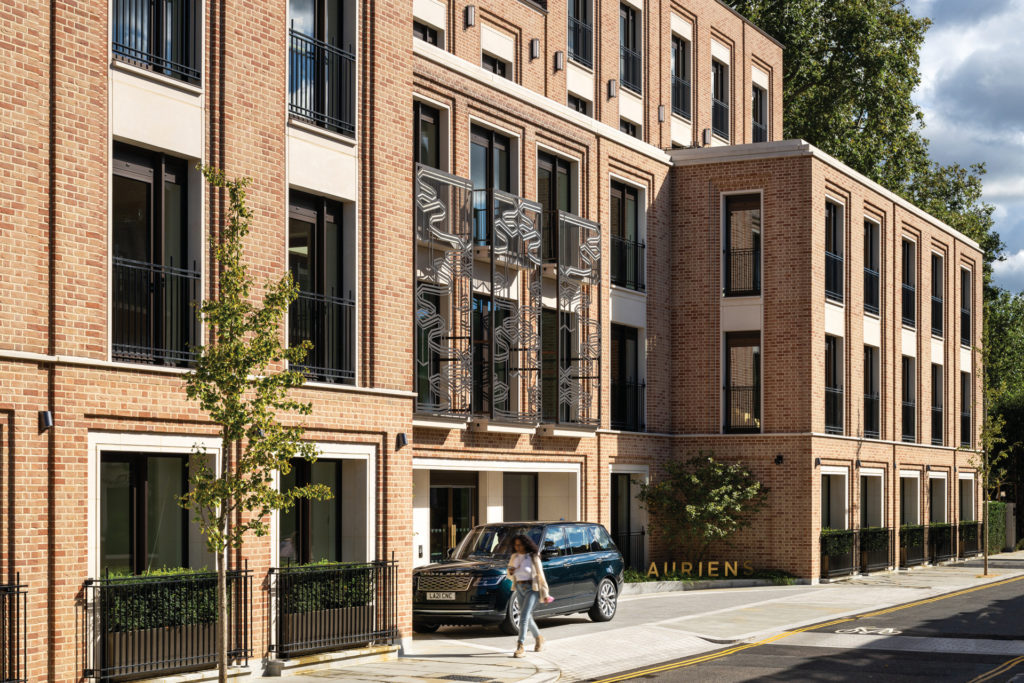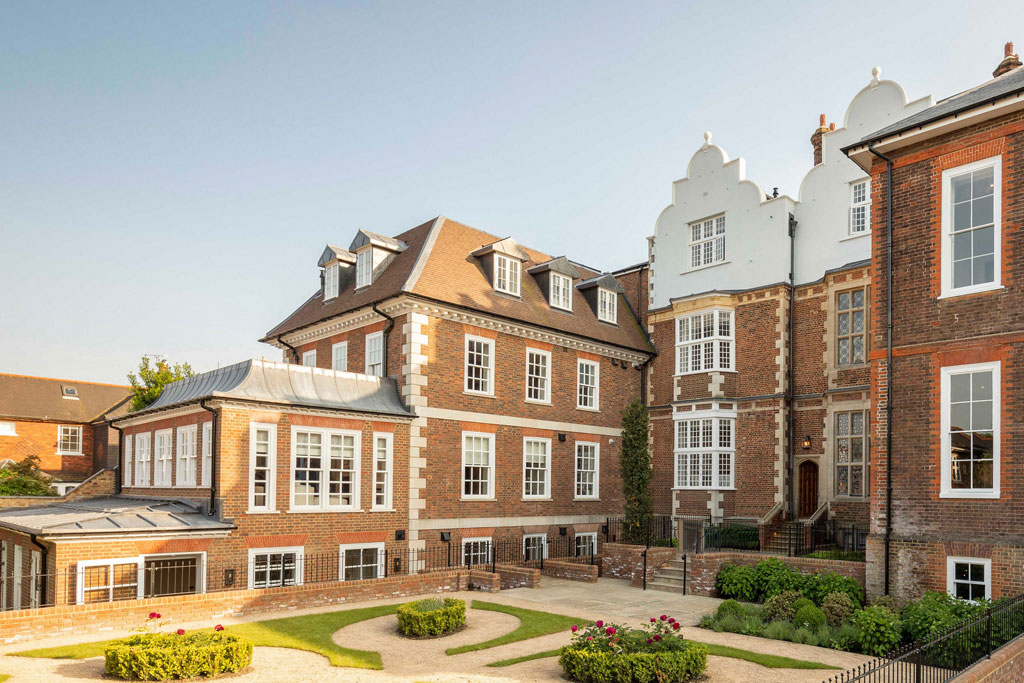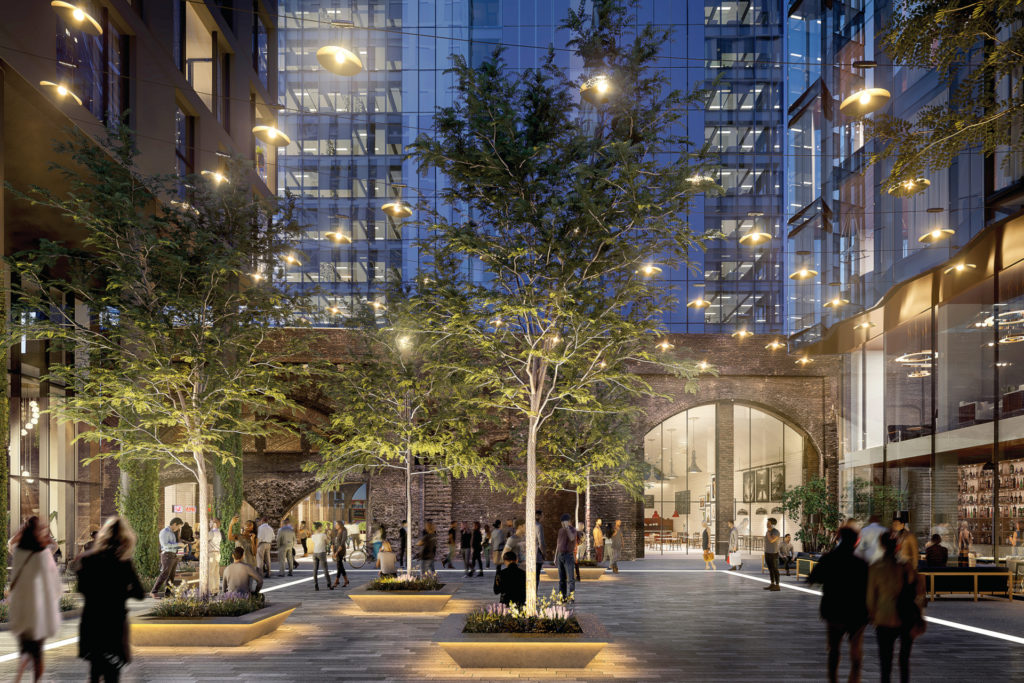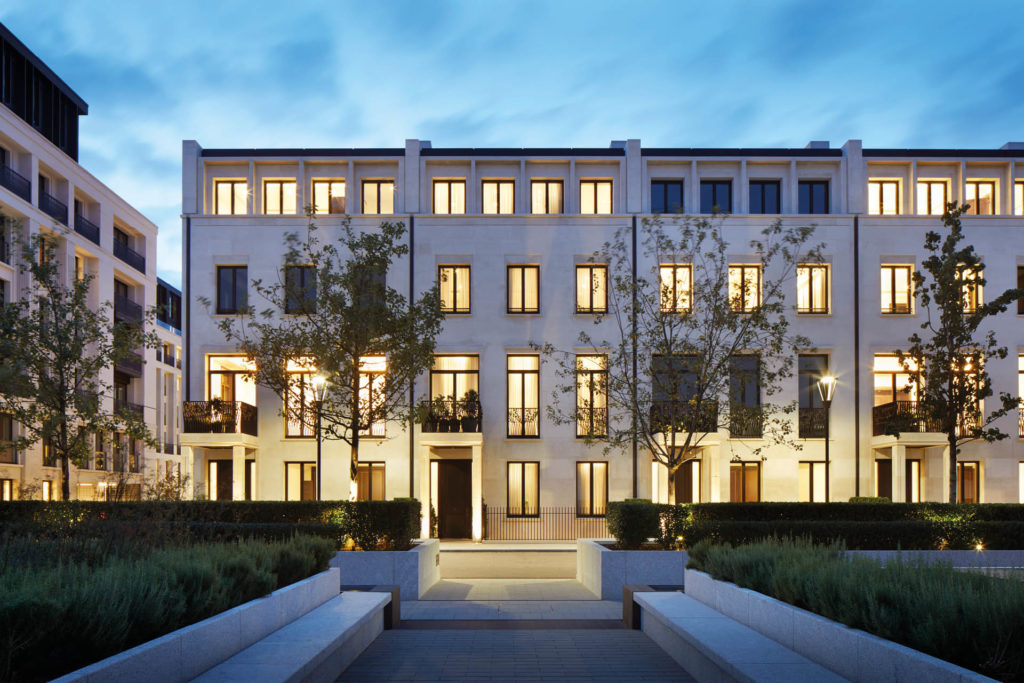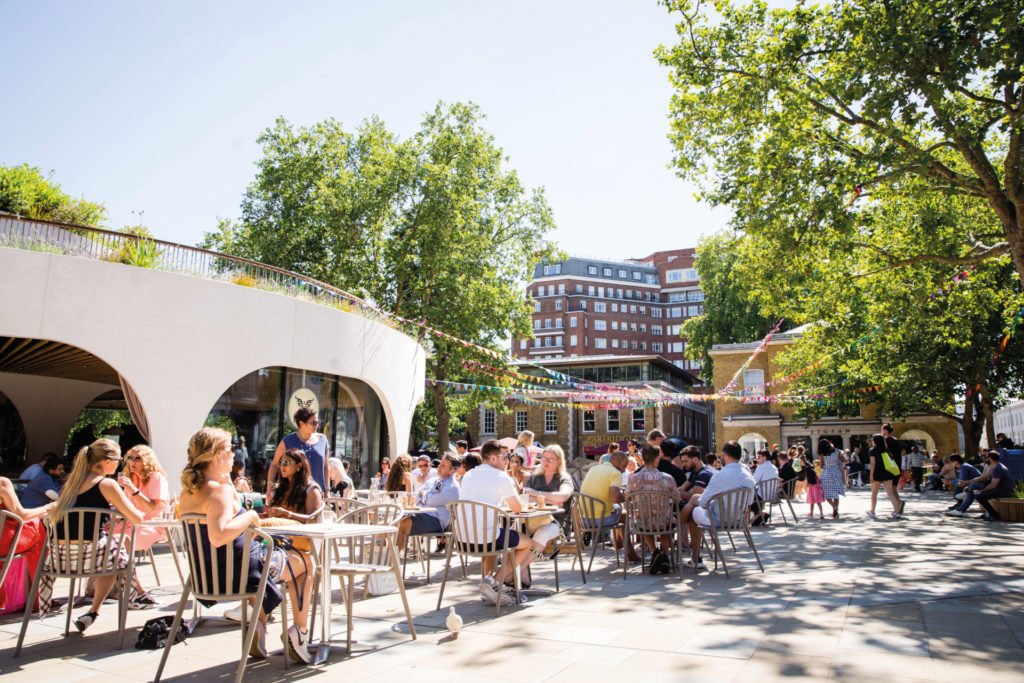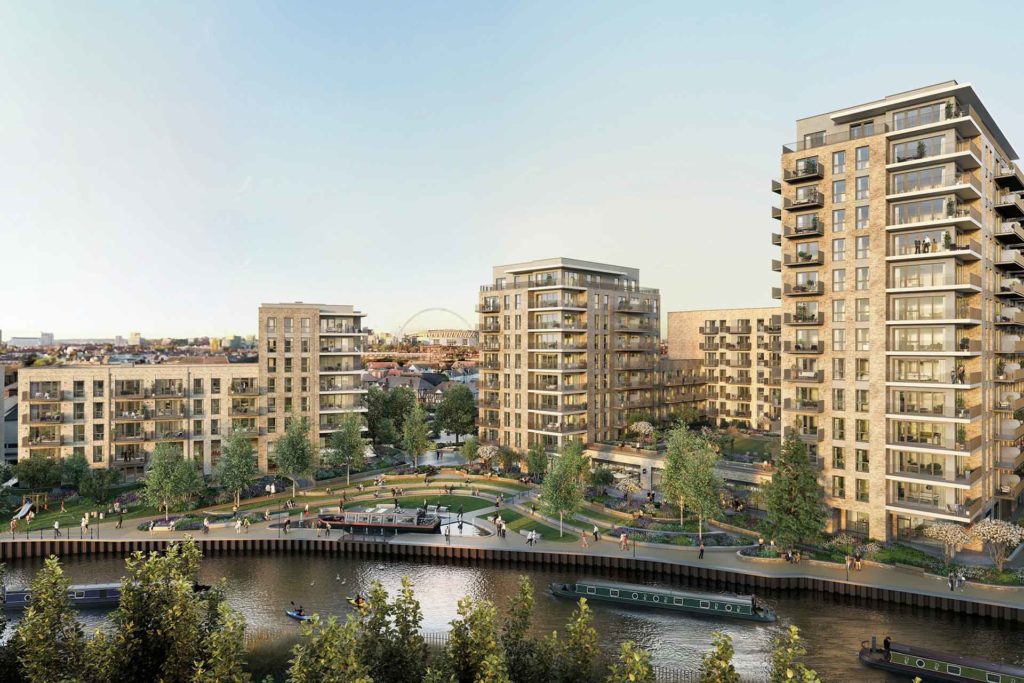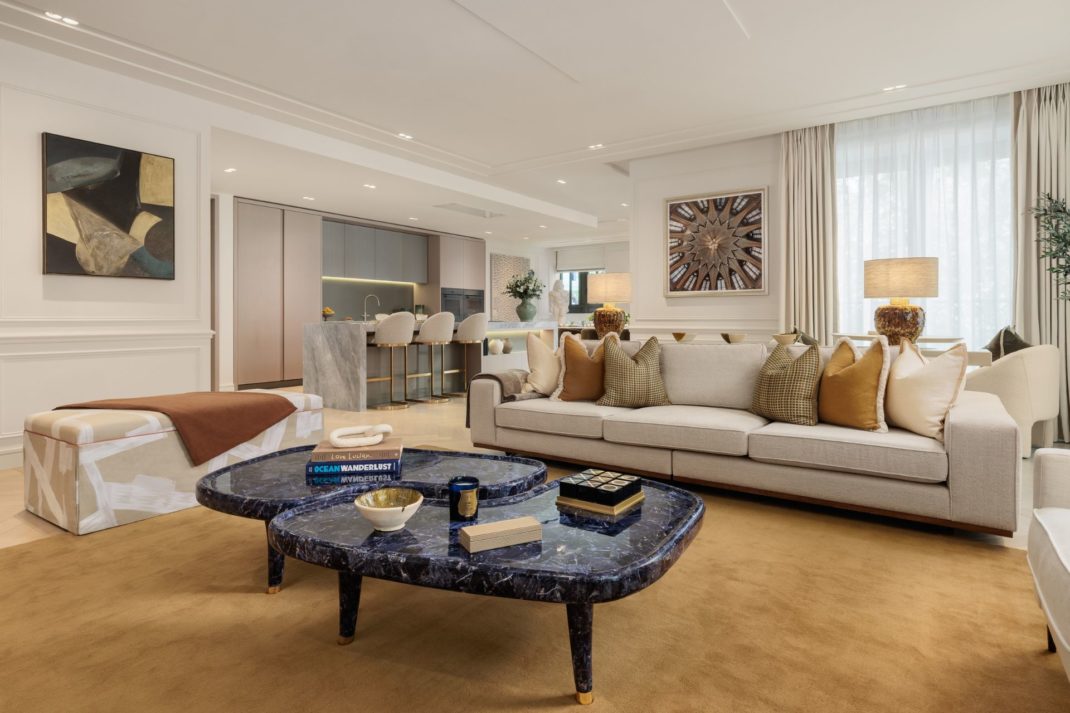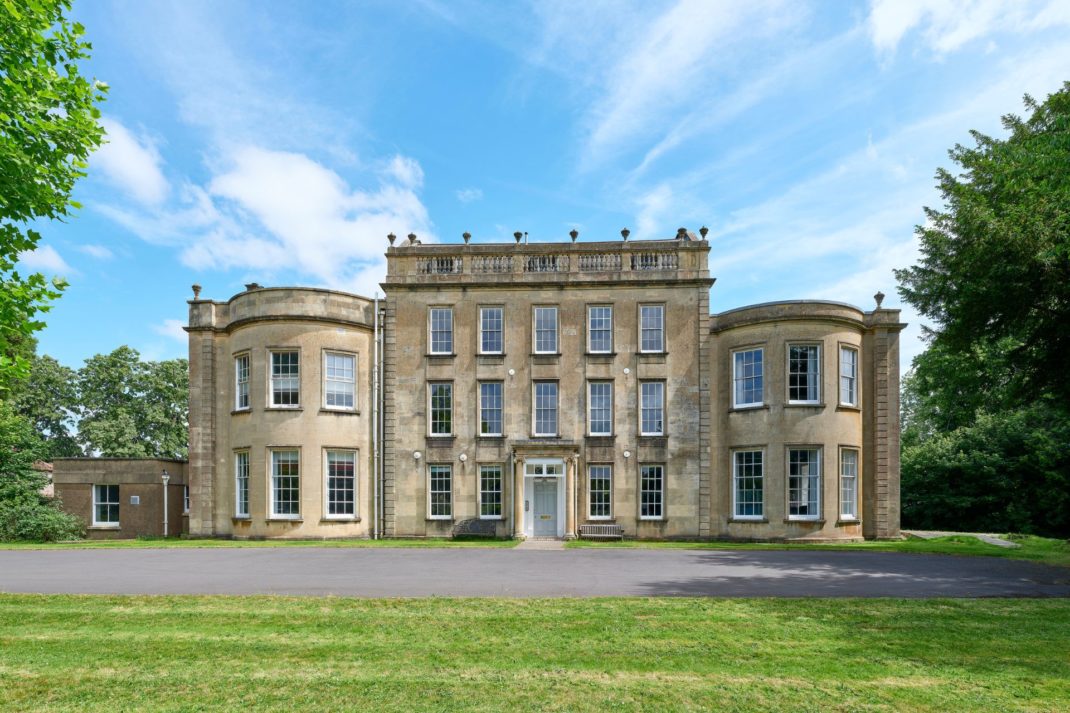The London Property Developments Transforming the City’s Skyline
By
2 years ago
A peek into the future of the capital
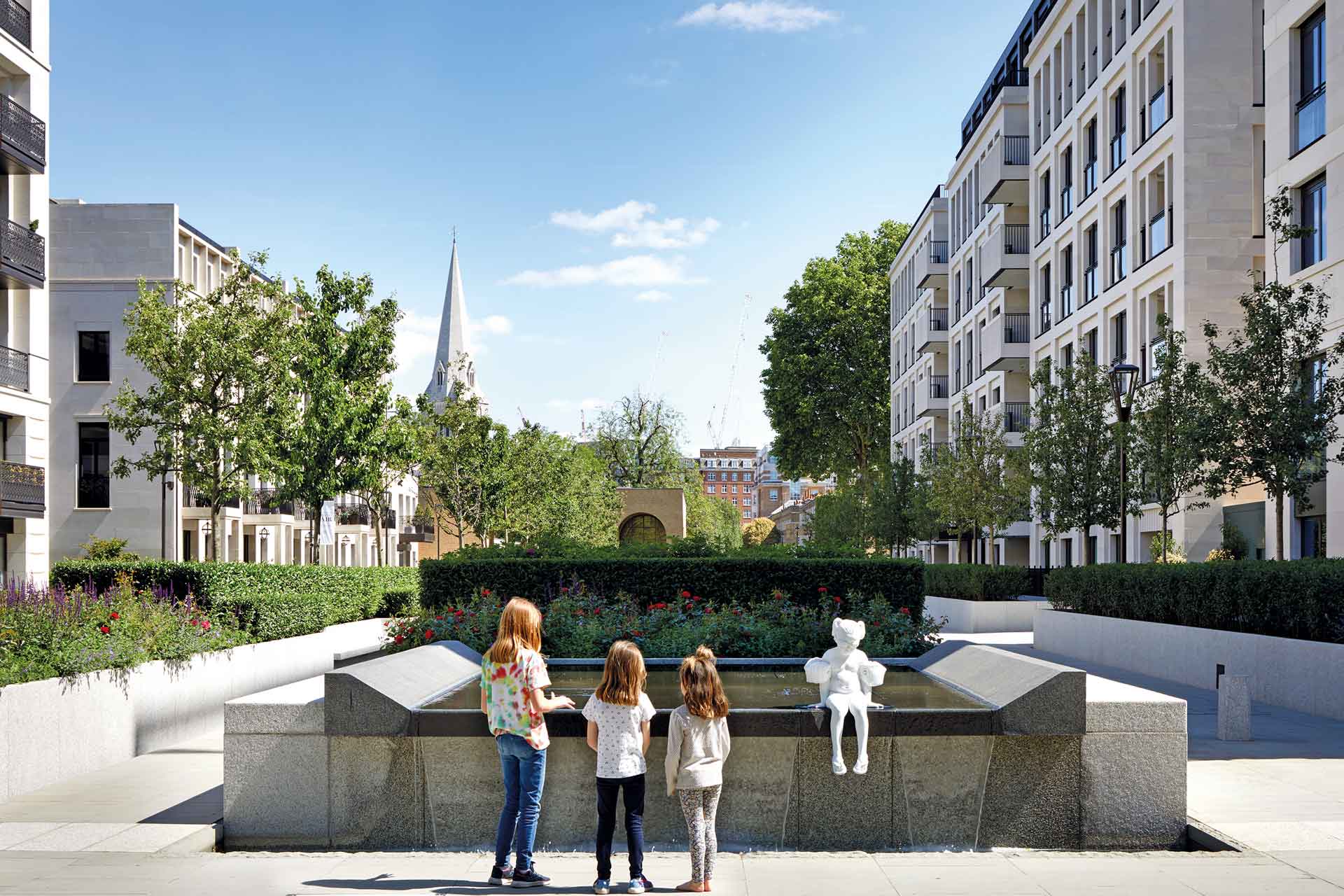
Since it was founded by the Romans in 43AD, London has been constantly changing, with new homes and offices built upon layer after layer of history. And it doesn’t stop here: all the cranes over the capital are witness to the fact there’ll be a whole new generation of London property developments shaping the city in the years to come. Here are the ones we’re most eager to see completed.
Exciting New London Property Developments
READ MORE

